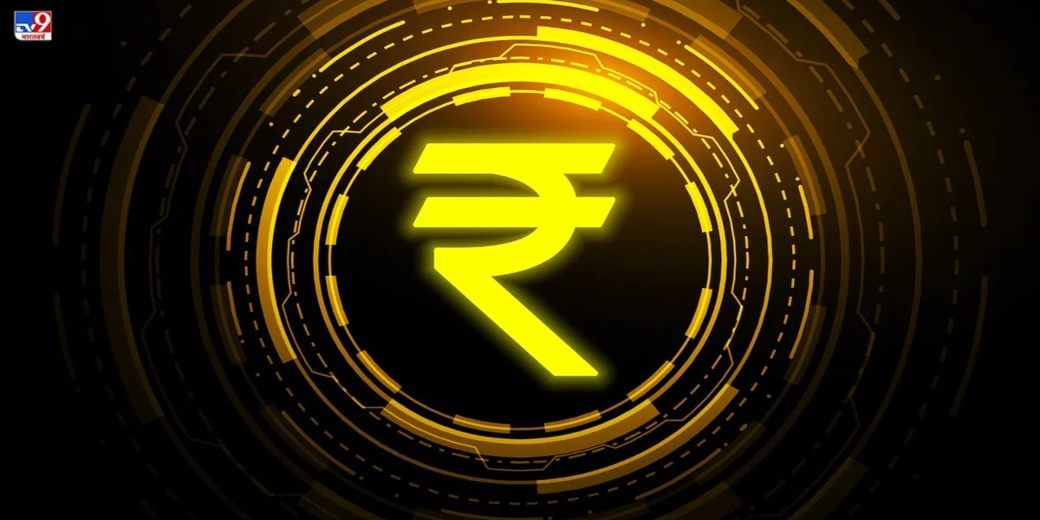Digital rupee to ride piggyback on UPI soon
The blueprint to ride piggyback on the QR codes consumers have already installed on their phones can be traced to the fact that millions of consumers and merchants both in the organised and unorganised sector have already adopted the UPI modes

Nearly six months after a tepid launch of the digital rupee, comes the first overhaul. In a few weeks the Central Bank Digital Currency retail or e-Re retail and Unified Payments Interface (UPI) are likely to become interoperable, The Hindu BusinessLine has reported. Once it goes live, the step would carry immense implications for the digital rupee since it would imply that merchants can take payments through the digital rupee through QR codes that have been created for UPI.
It would obviate the need for the common man to download separate QR codes dedicated to the digital rupee. The report has stated that both the Reserve Bank of India and the National Payments Council of India are collaborating to get the new system off the ground to popularise the digital rupee.
The blueprint to ride piggyback on the QR codes consumers have already installed on their phones can be traced to the fact that millions of consumers and merchants both in the organised and unorganised sector have already adopted the UPI modes. In fact, the UPI mode has left even traditional payment powerhouses such as debit cards far behind in all sorts of transactions.
The origin of the digital rupee can be traced back to 2017 when it was mooted by an inter-ministerial committee primarily as a response to the growing storm of cryptocurrencies. In late last year, the Reserve Bank of India launched a pilot project for the e-Re both in the retail and wholesale sectors. The annual report of the RBI states that the digital rupee is very much a part of currency in circulation in the country now.
As on March 31, the digital rupee in circulation amounted to only Rs 16.39 crore. The bank notes in circulation stood at Rs 33.48 lakh crore in comparison.
“Banks are trying to spread the adoption of e-Re among merchants because unless more merchants sign up and the use case for e-Re increases, the adoption will remain poor,” a banker aware of the new blueprint told the newspaper. The significant point is that the interoperability will take place only at the front end – that is to say the point at which the payment in received. At the back end of the payment trail, the digital rupee will have its own trail and process as will the UPI methods. The UPI will remain linked to the bank account of the user while the digital rupee will work on the mechanism of a bank wallet.
Both the systems will maintain their separate entities and ways of functioning. Only the payment will be funnelled through the same gateway. UPI payments will be credited to the UPI account of the receiver (usually a merchant) and a payment made through the digital rupee will be credited to the wallet of the receiver.
Download Money9 App for the latest updates on Personal Finance.
Related
- 80% of medical colleges not meeting minimum standards of regulator
- Delhi-NCR improves realty health, unsold stock down 57% in 5 years
- Govt gets a Rs 2.1 lakh cr cheque from RBI
- Vistara operations have stabilised: CEO
- Small savings rates left unchanged. Know the rates here.
- IRDA’s one-stop platform for all insurance activities

